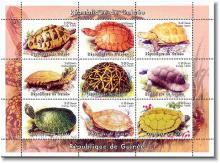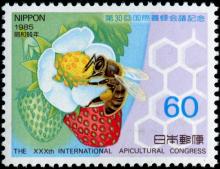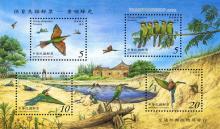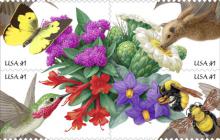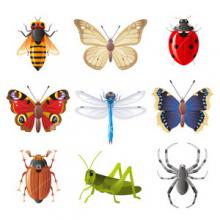
Like many other area farmers, the Bredeson family in Harvey Township, between Grove City and Litchfield, buys corn and soybeans seeds treated with pesticides. Pesticides are designed to improve crop yields, but they have side effects, and the family has been learning more about these effects from an expert — Mark and Julie Bredeson’s own son, Michael. “He’s kind of on the cutting edge of finding that these pesticides that farmers have been using for many years have become a detrimental thing to not only agriculture but mother nature,” Julie said about Michael’s work. Michael, a 2008 Litchfield High School graduate, is pursuing his Ph.D. at South Dakota State University, where he studies the effects of pesticides on organisms, particularly linked to sunflowers, a common cash crop in South Dakota. In commentary in the Independent Review (see below), Michael writes about pesticides’ effects and the long-term implications for birds, reptiles, mammals, fish and plants. Julie and Michael said they’ve both noticed a reduction in wildlife at and near the family’s Meeker County farm over the years. As he grew older, Michael noticed a decline in good fishing holes, which he attributes to runoff from crop fields. “My life revolved around fishing on all the little lakes. A few of my great fishing spots died off, and that kind of irritated me, of course,” he said. Julie said she’s also witnessed a decline in wildlife since she was a child. “The landscape as far as our wildlife, butterflies and bees, has dramatically changed,” she said. “It’s something we need to think about.”

